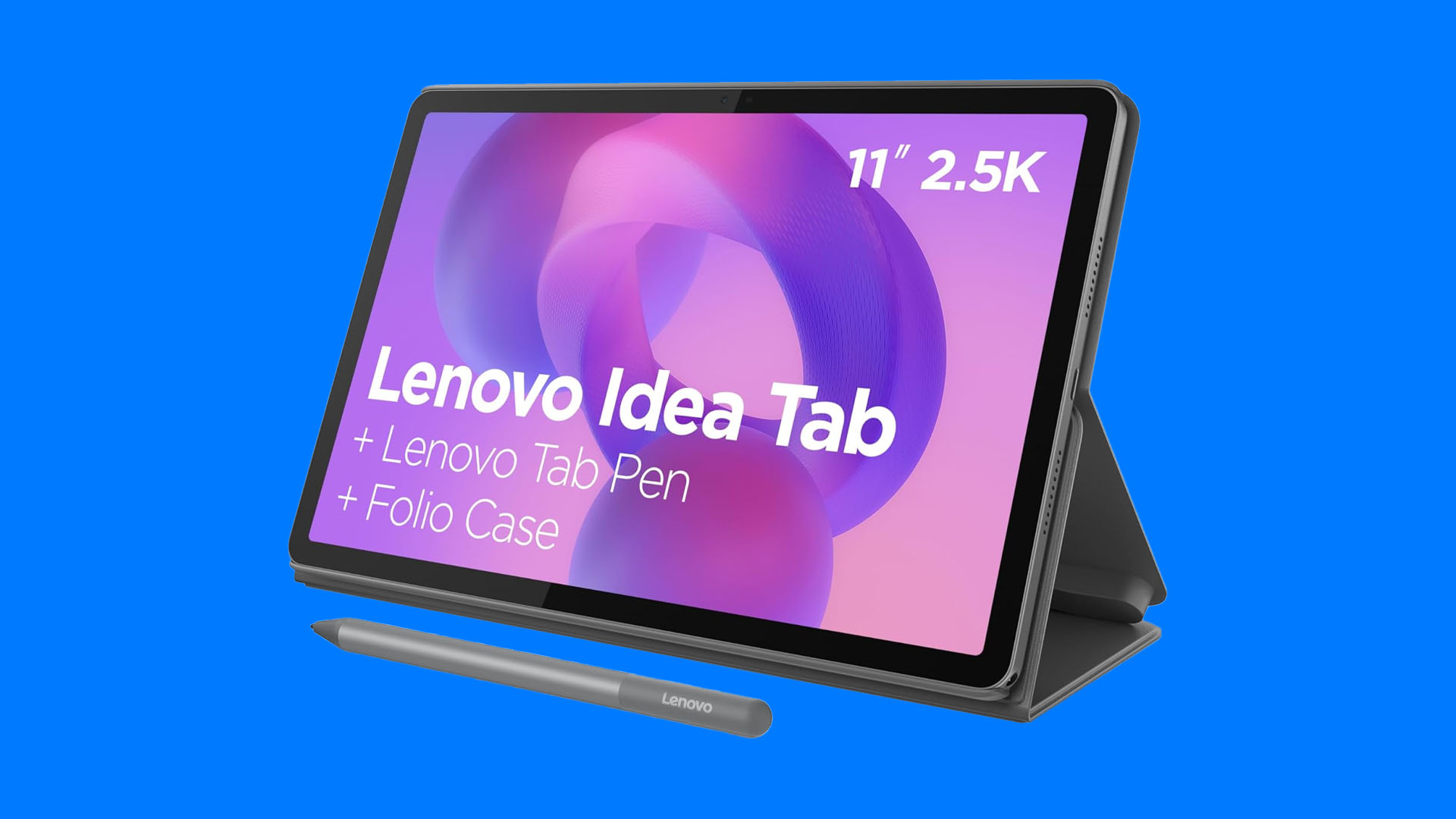Consume Me's "cute-looking, approachable art style" hides a darker side
Jenny Jiao Hsia's semi-autobiographical coming-of-age slice-of-life sim has been almost a decade in the making.

Jenny Jiao Hsia, the creator behind indie game Consume Me, admits that she's much more of a visual artist because she struggles to express herself in other ways. "I hate words," she tells me. "I'm so bad at expressing myself through words, and I want to get a lot better at it because I'm making TikToks right now, and I've realised I'm not good at figuring out what to say on the fly consistently. So I think a lot about communicating things in pictures or storyboards."
Consume Me is certainly very visually distinct, as a light-hearted coming-of-age life sim that's based on Hsia's own experiences with dieting and eating disorder as a teenager, played out like an RPG with WarioWare-style minigames. Made in Unity, It's also purposely lo-fi in execution with its thick brushstrokes and simple shapes, though more raw, expressive, and human than any AI-generated assets could ever be.
Indeed, Consume Me started as just a collection of prototypes Hsia designed for her student project at the NYU Game Center back in 2016, where she also met the game's co-director AP Thomson, who primarily handles the coding but also writes much of the dialogue.
"In that class, we had to make a prototype a week from start to finish, so that forced me to come up with a prototyping toolkit, which meant I would reuse scripts, art assets, and sound effects, and I think through this class, the style for Consume Me naturally emerged," she explains. "I guess I didn't want to come up with a new art style for every single minigame, so a lot of the time I would fall back on these rules that made it easy for me to not have to think about making assets."
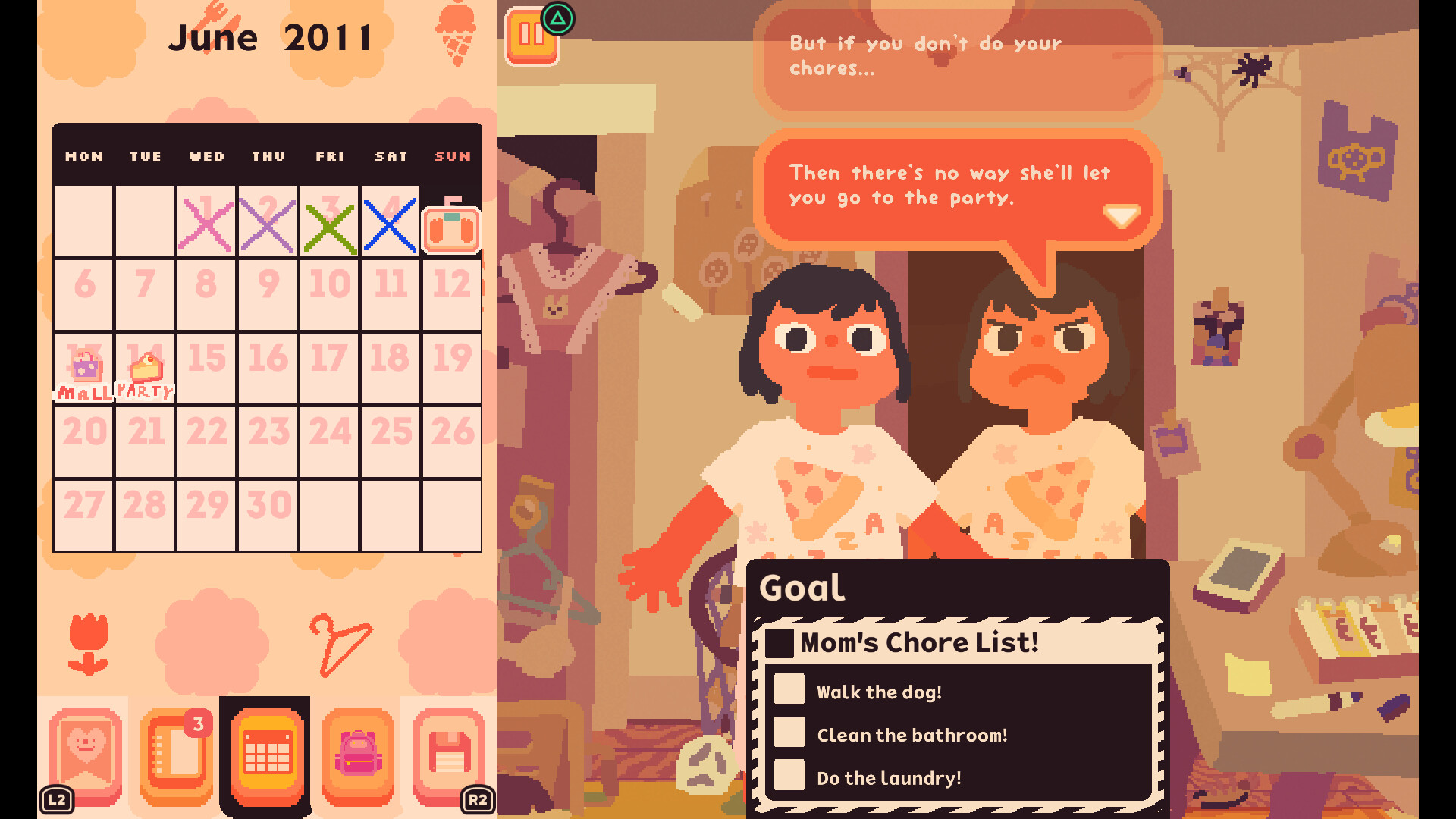
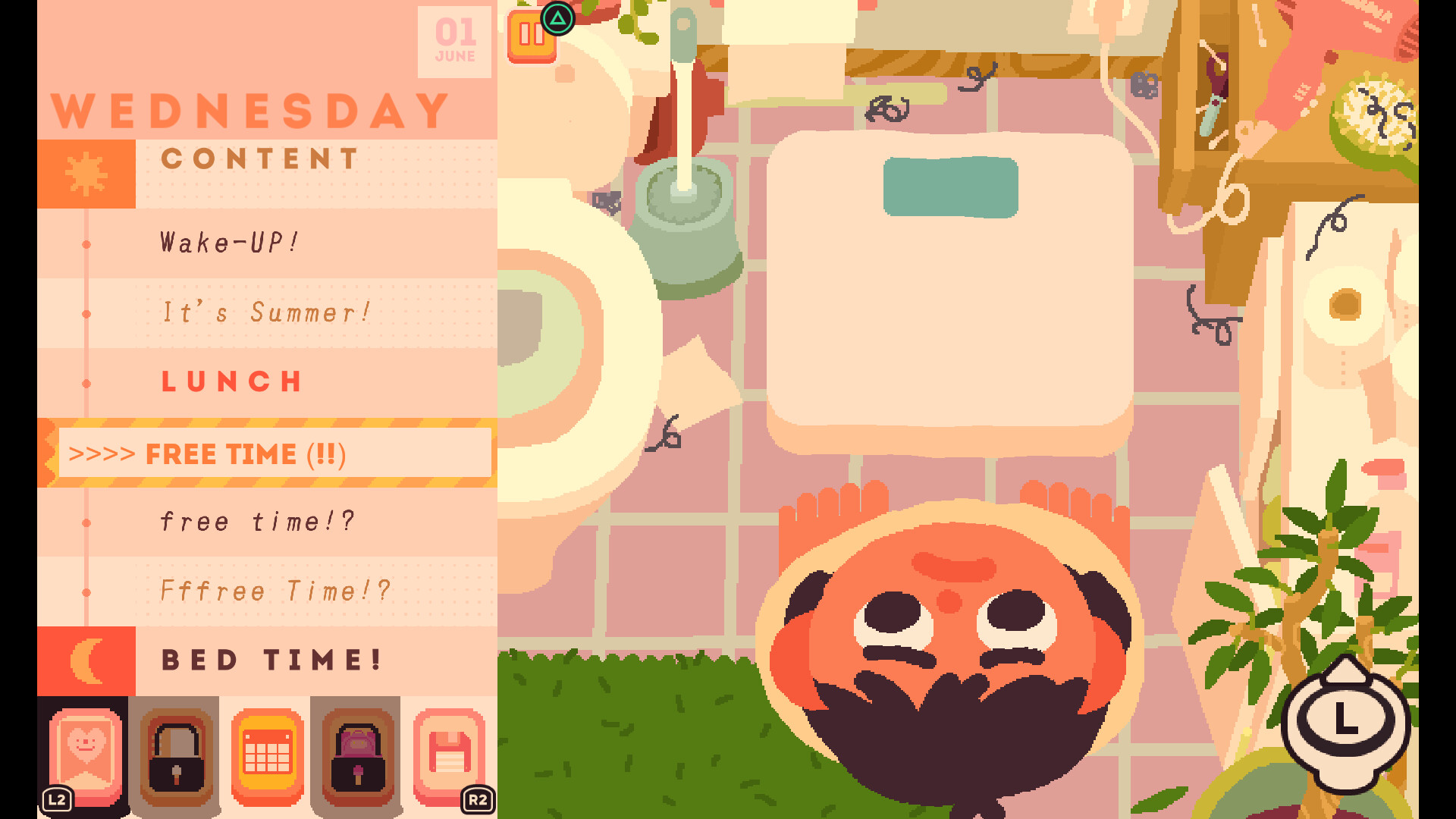
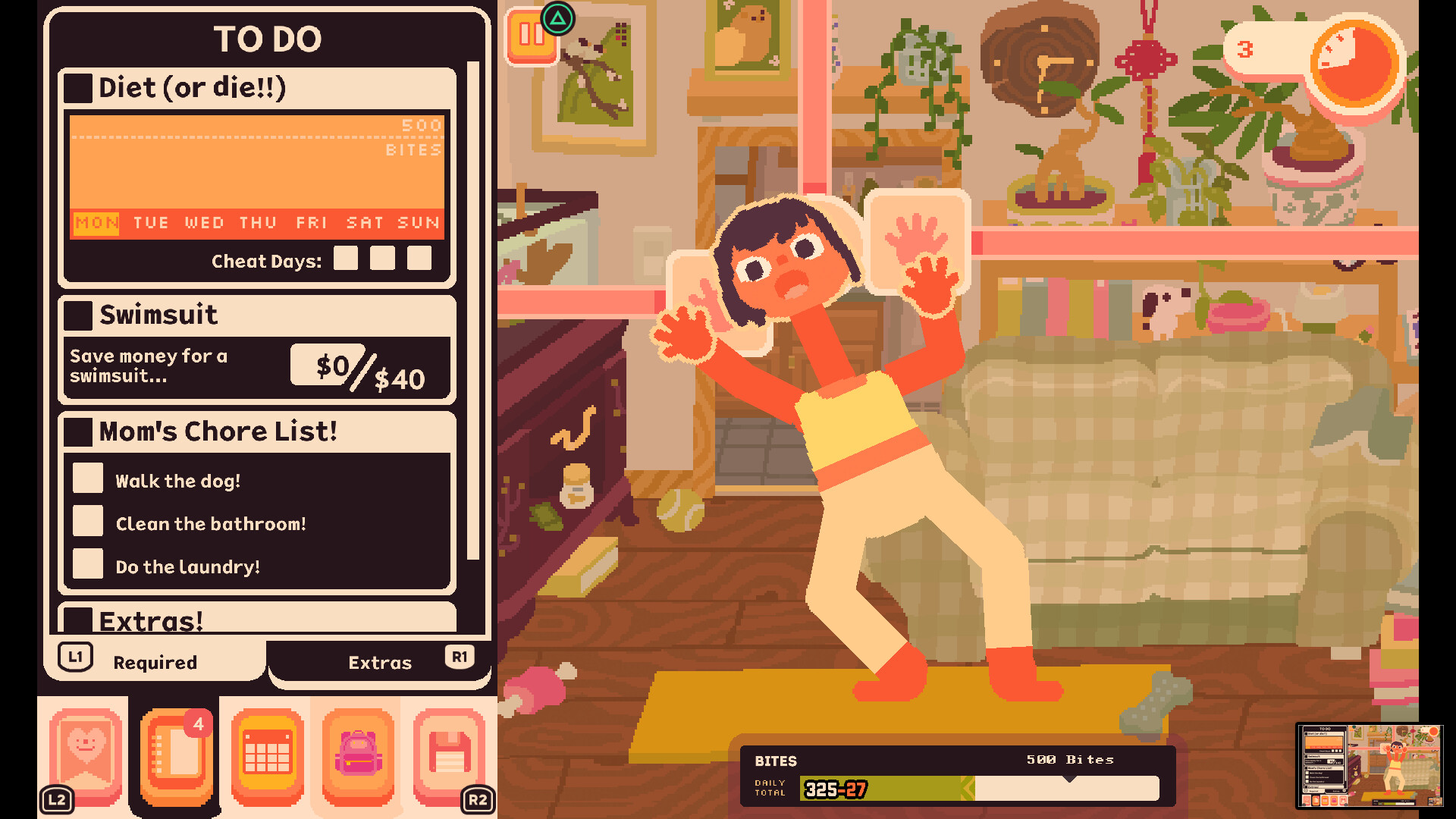
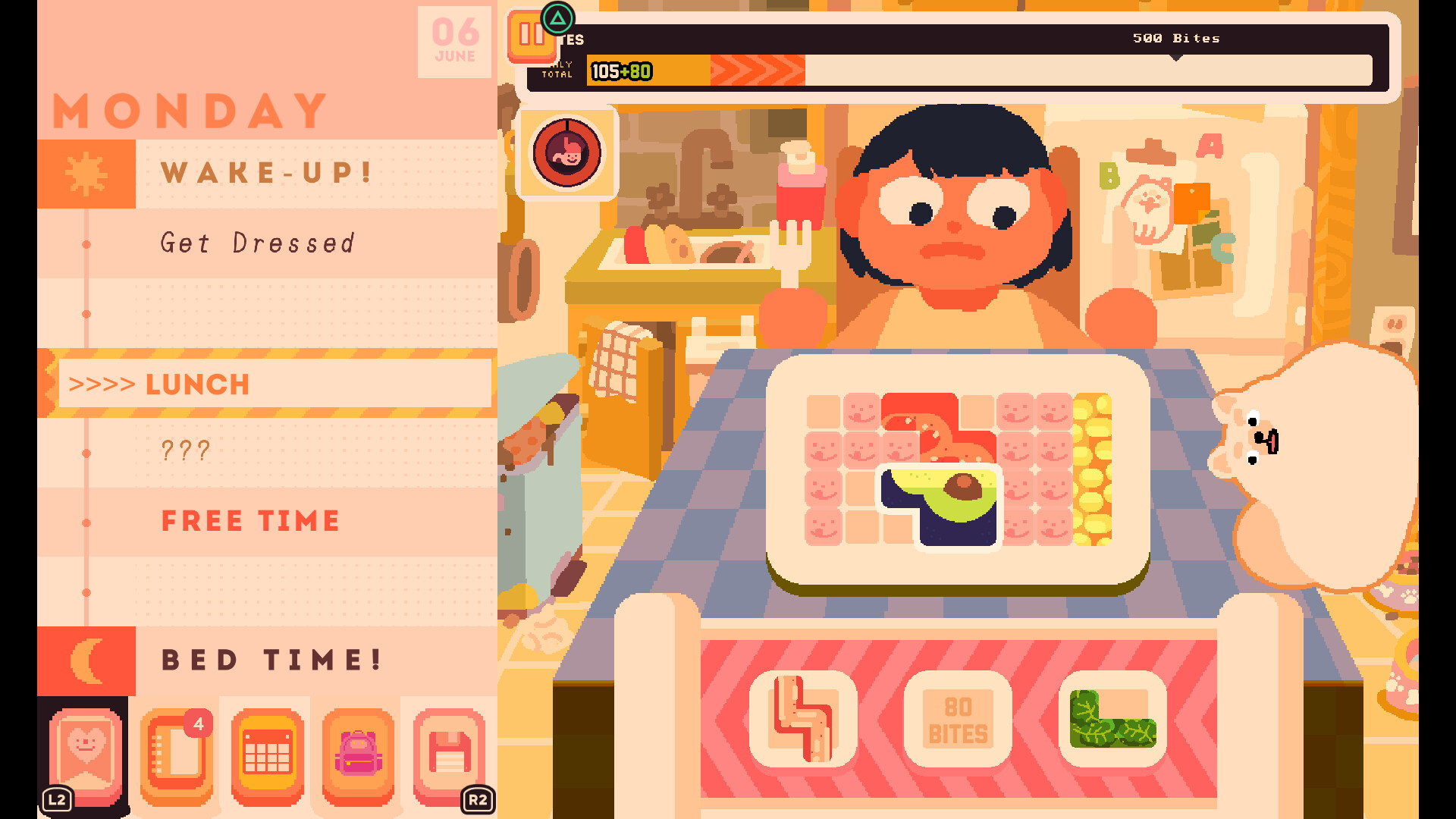
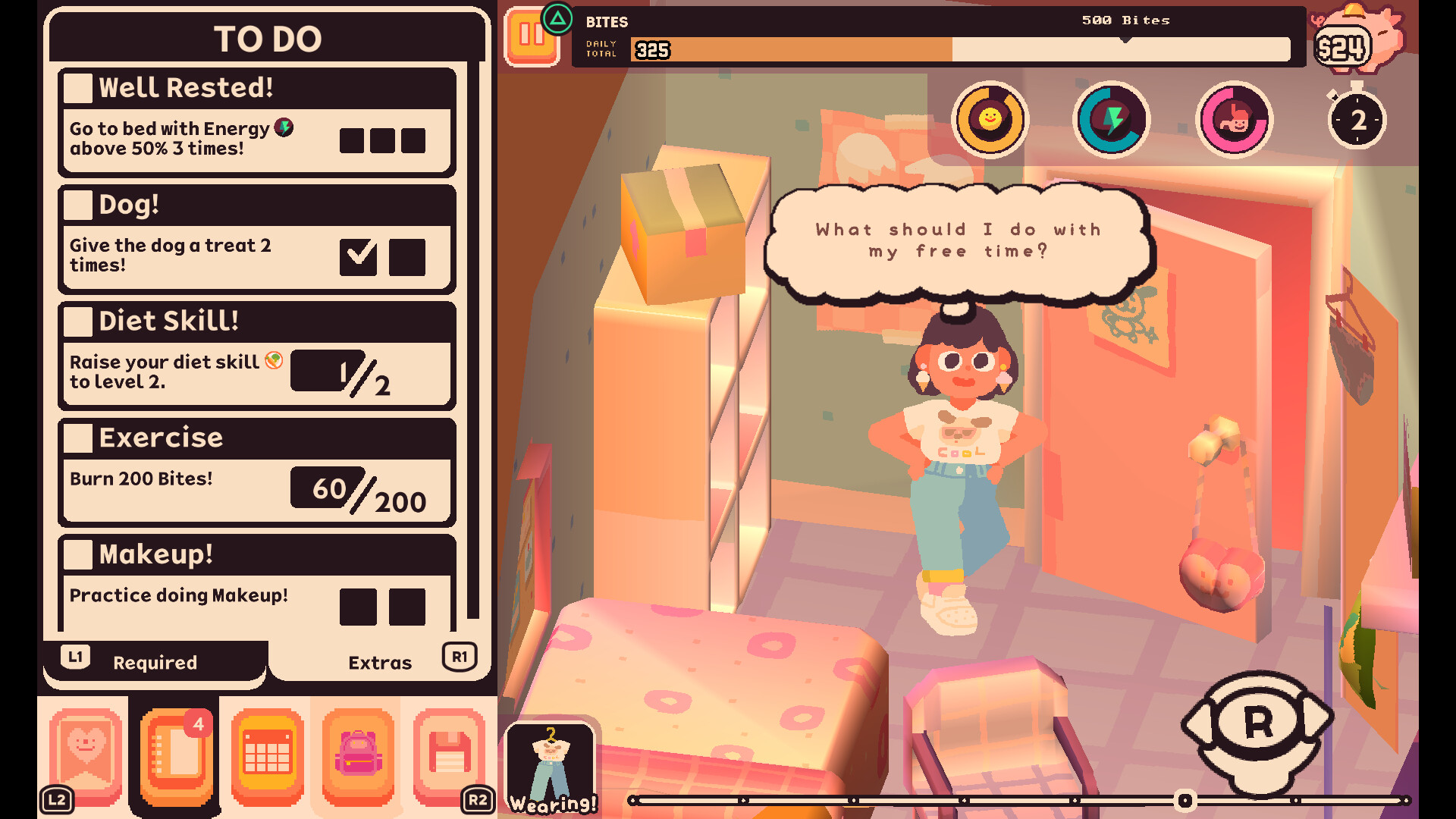
Although it's been almost a decade between the prototypes and the final release, there hasn't really been a significant change visually, although they enlisted artist Kelly Jie En Lee, who created much of the background art, which complements the existing aesthetic.
Hsia matter-of-factly describes the art style as "good enough". "It serves its purpose, and there are other things that we need to figure out in the game," she adds. "The story is what we need to focus on, or the minigames, or there's something else that needs our attention. I'm glad that the art style feels accommodating, we never made it so high fidelity, requiring us to spend hours revising our assets to fit everything in the whole picture."
High fidelity graphics certainly wasn't a priority for the IGF, which awarded Consume Me both the Nuovo Award and the Seumas McNally Grand Prize this year. But this aesthetic also feels so fresh and dynamic, from the way Jenny's fictionalised persona wakes up each day with quick-cutting comic book panels to how its calendar structure gives a comparmentalised presentation in the same way as the food Tetris minigame where you try to place blocks of food that ensures she doesn't go over her daily 'bits' without going hungry.
Daily design news, reviews, how-tos and more, as picked by the editors.
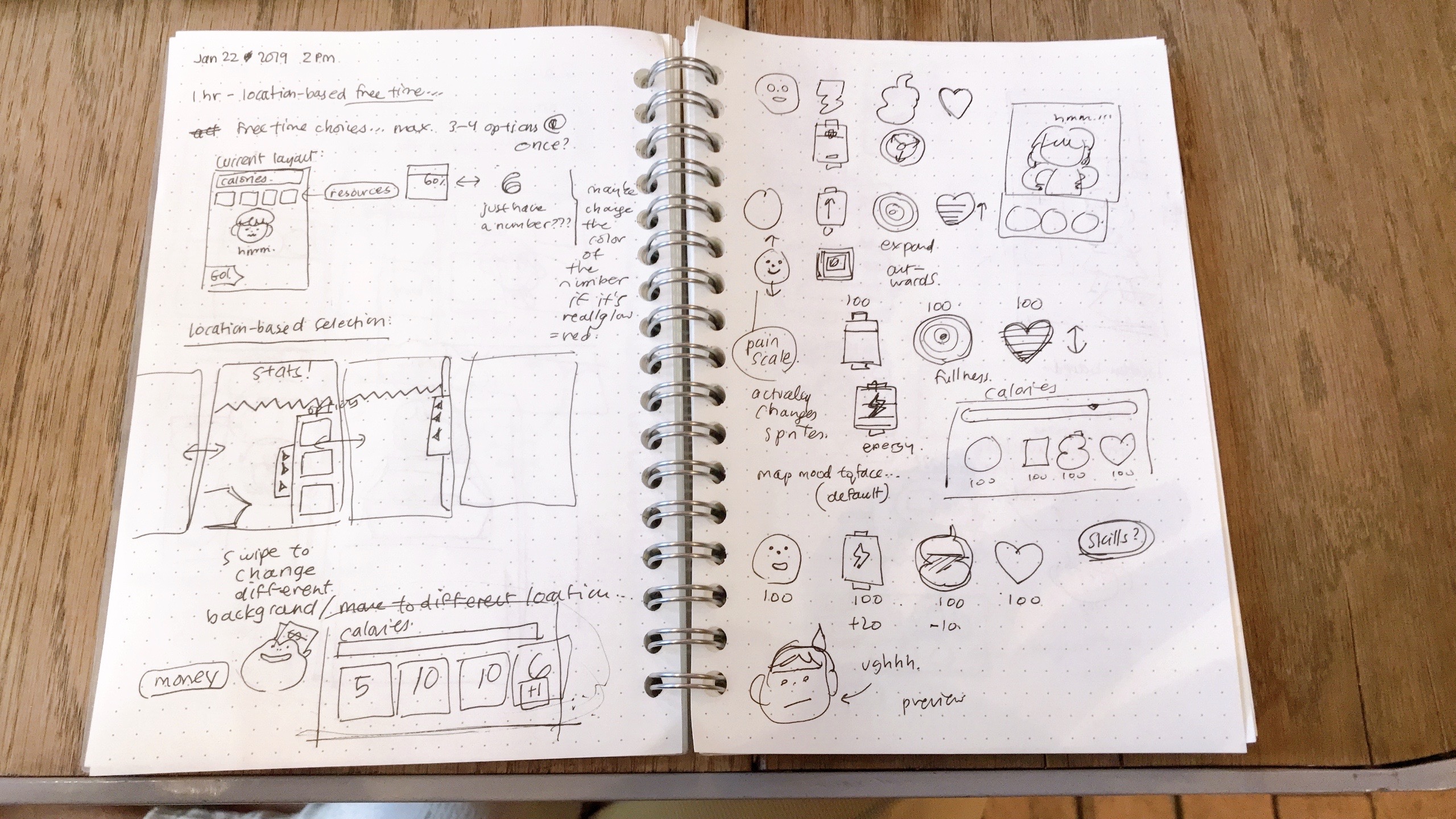
Despite the 2D art, it nonetheless incorporates some inventive use of 3D, which can be seen when you're in Jenny's bedroom, panning around it to decide on how to spend her free time.
"It started out as just UI and buttons. because you can technically represent that scene in a menu, but I really despised just displaying that scene with only buttons," Hsia explains. "I think at the time I was also sick of drawing 2D art assets and I wanted to embrace Blender and do some 3D modeling."
It's also one such example of her many back-and-forths with Thomson, who's handling the technical side of things, as there were many other ideas she wanted to utilise that would have been either impractical or time-consuming to implement, such as another food minigame that's more like a physics-based Burger Time, which nonetheless exists in the game as a shorter dream sequence. The compromise for this "free time scene" was that it reuses the 2D assets but with a billboarding technique.
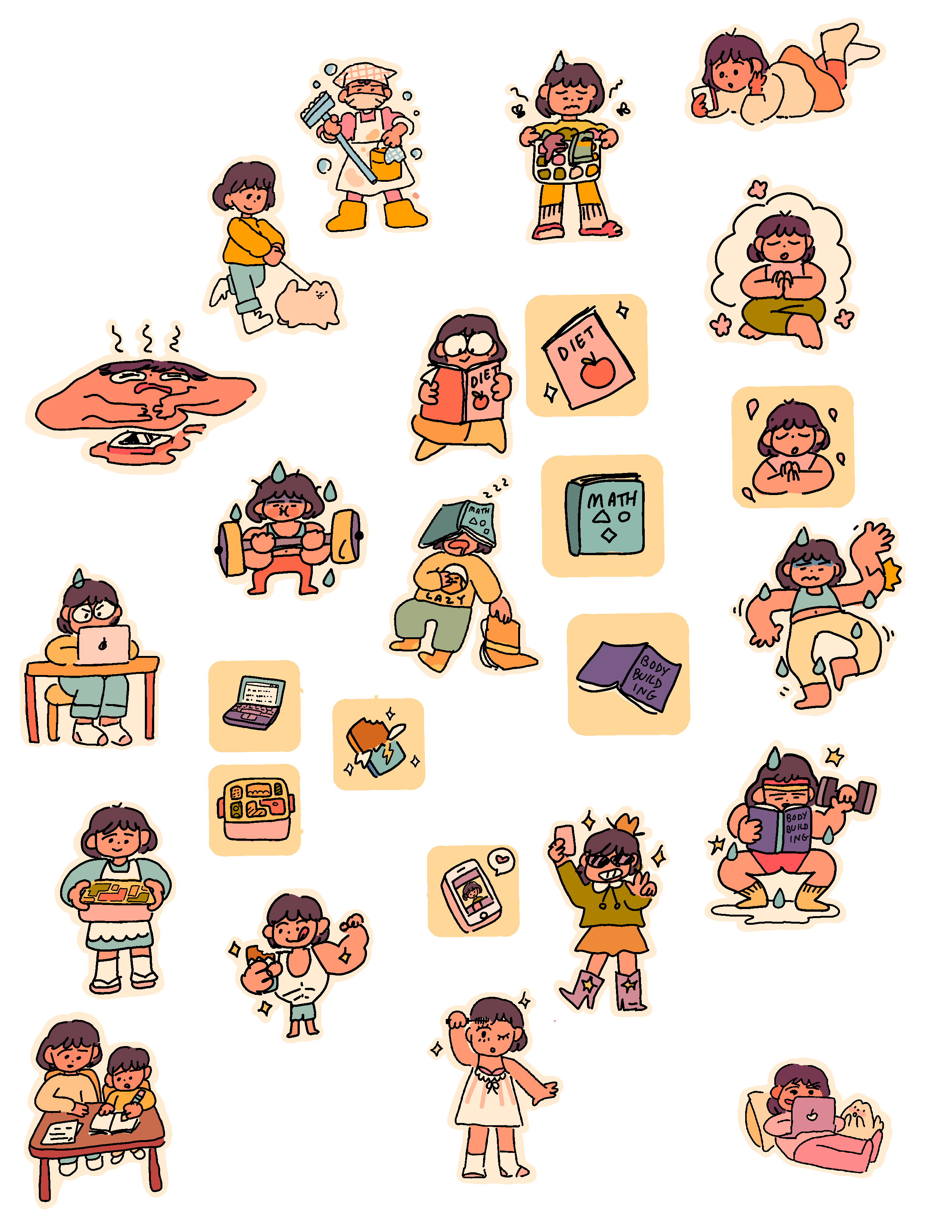
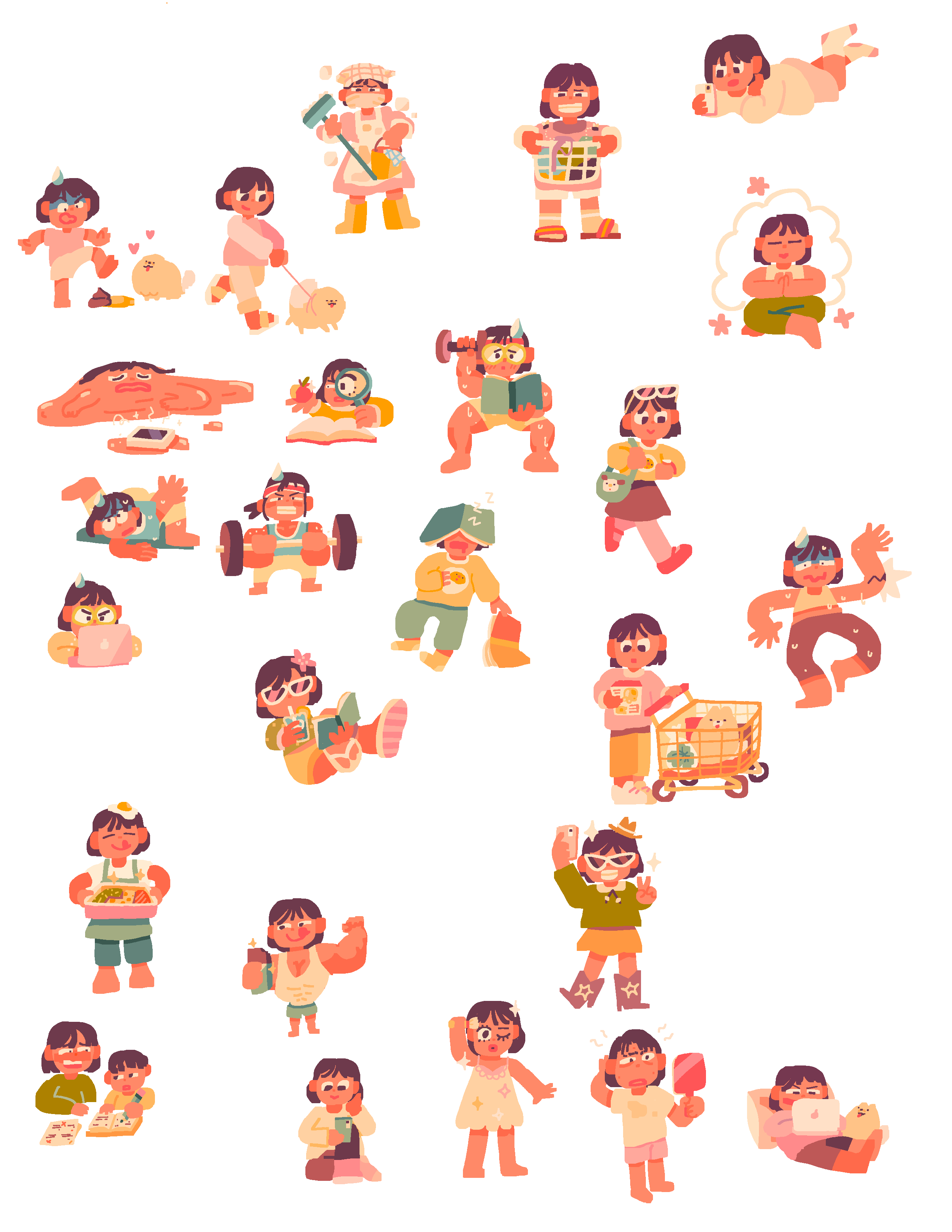
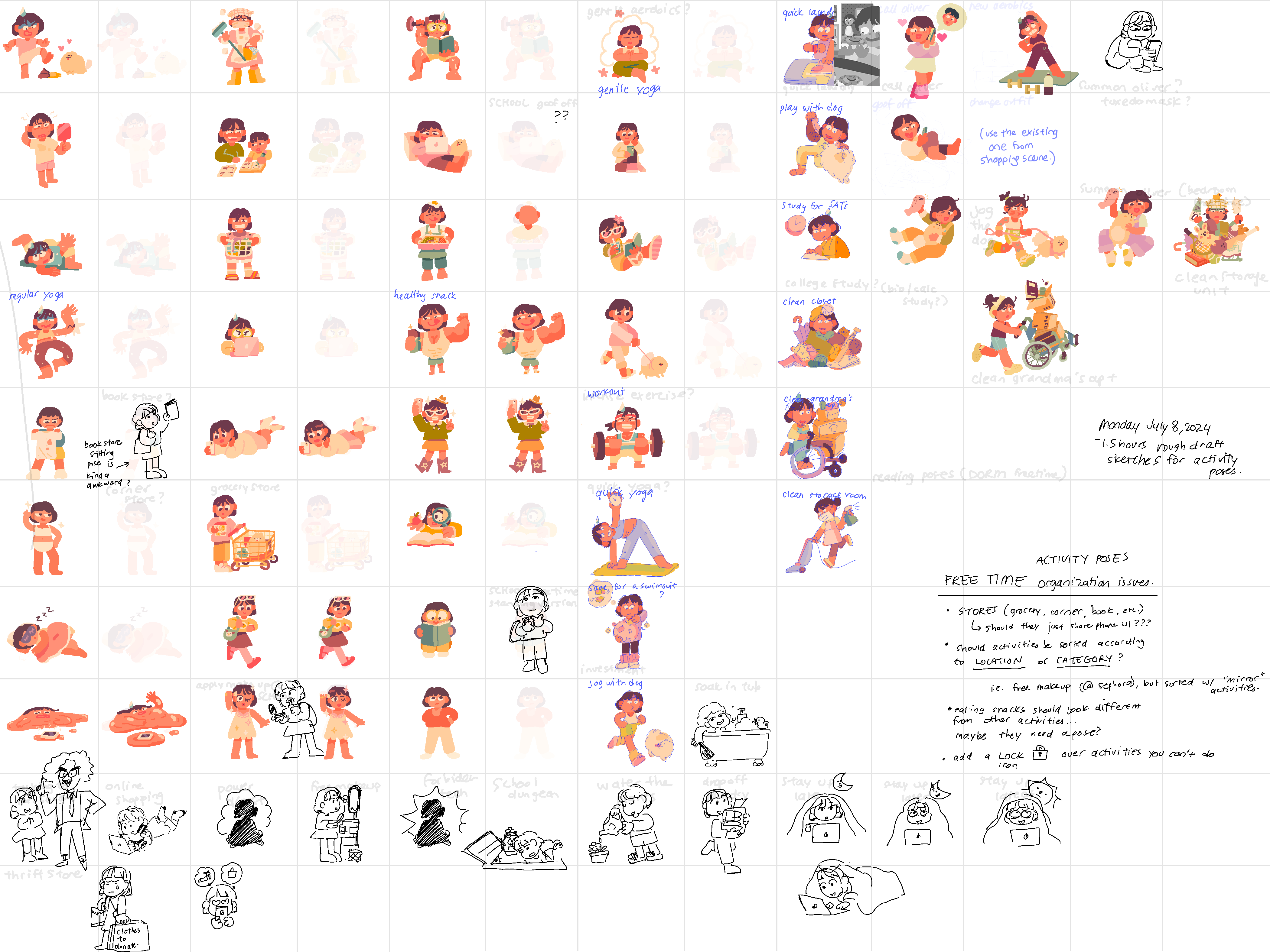
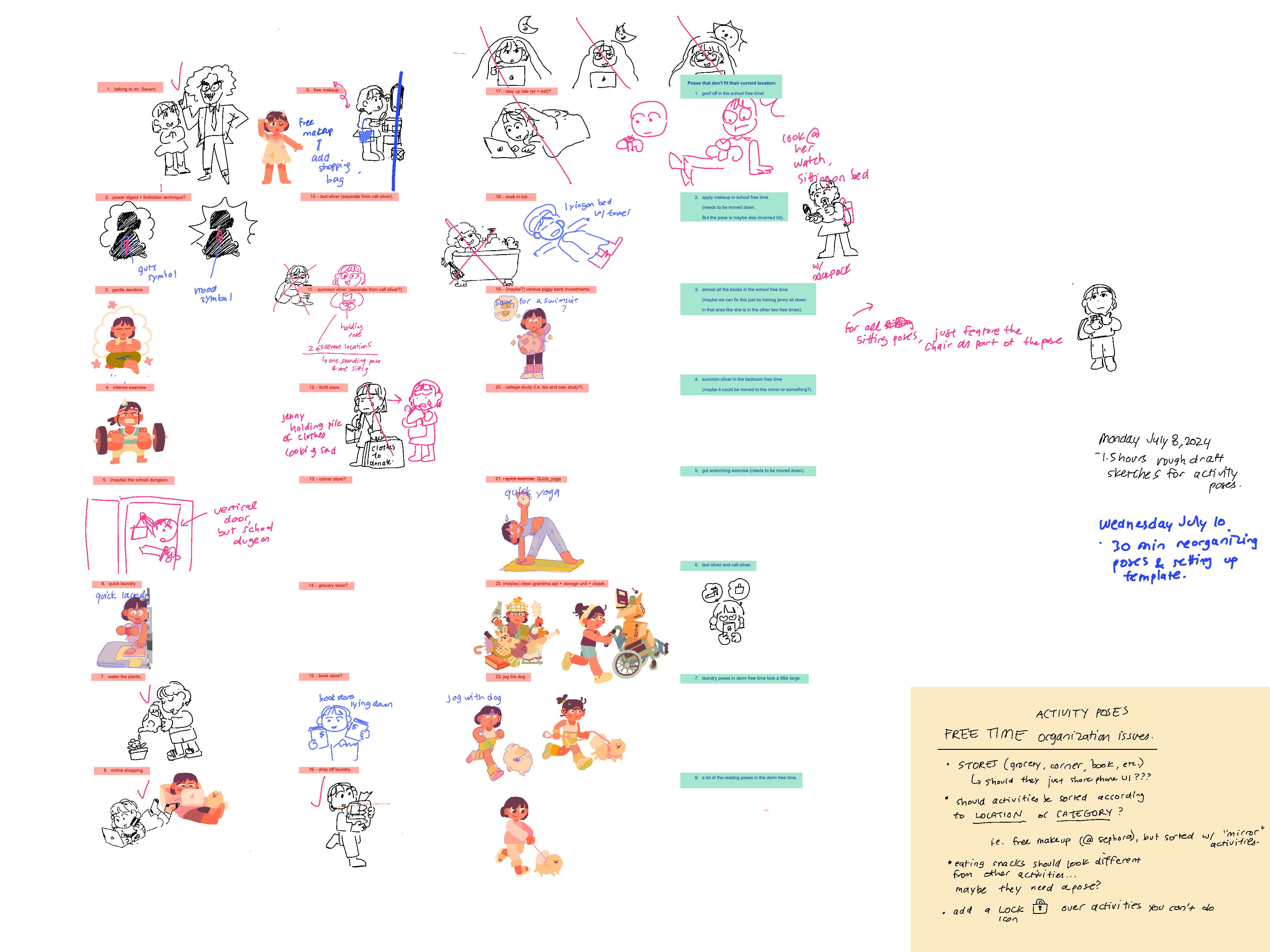
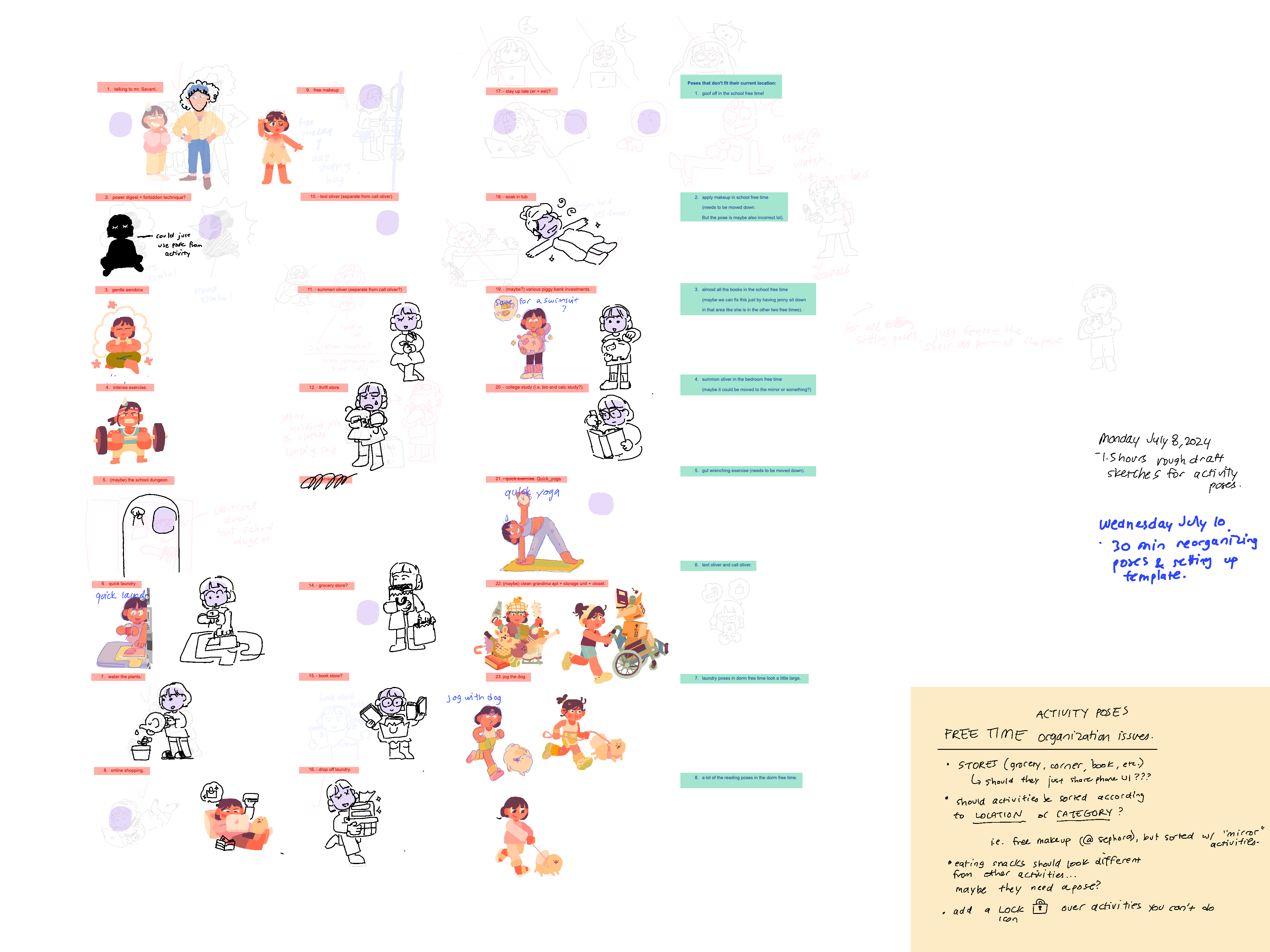
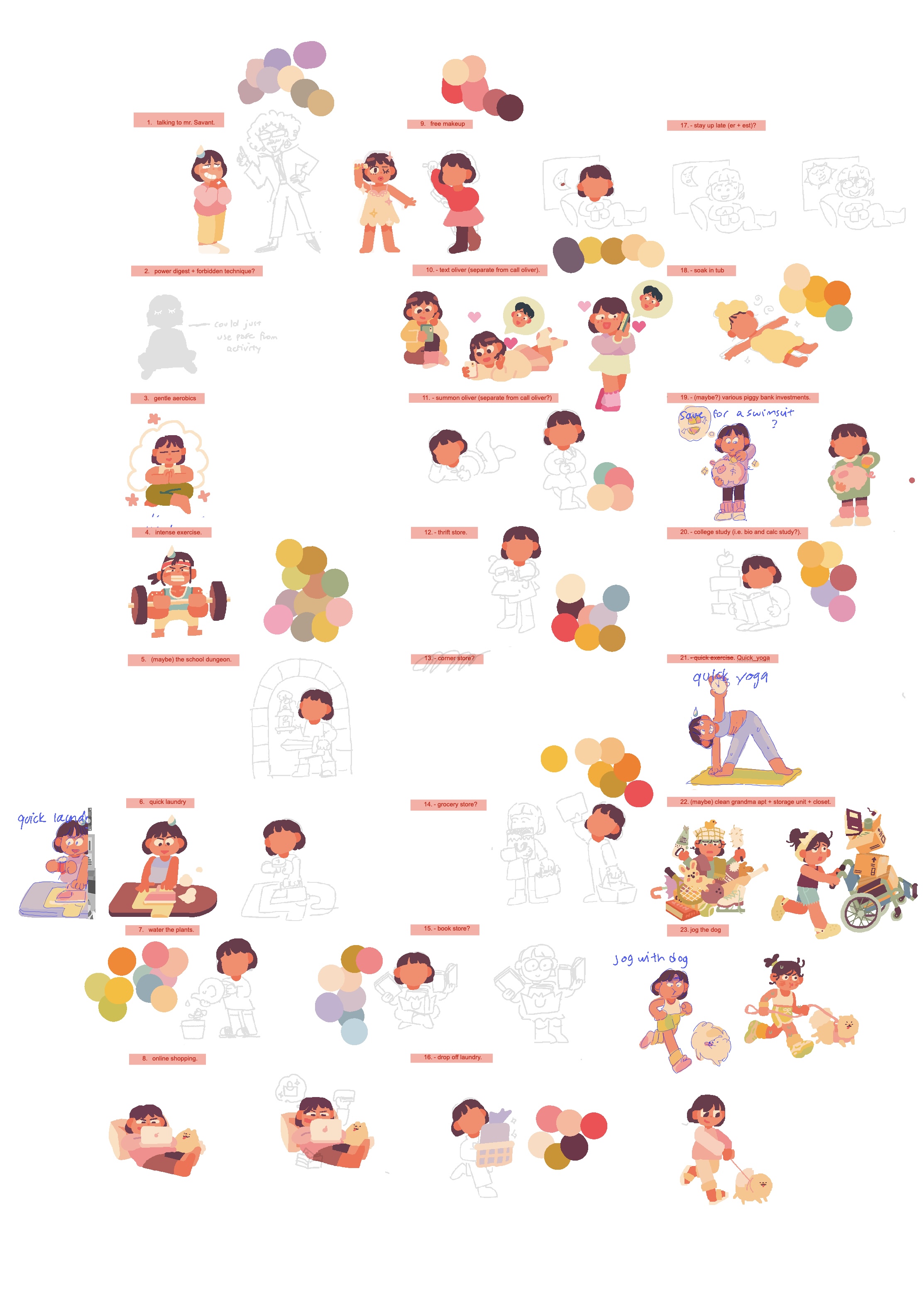
Of course, while Consume Me is meant to be a darkly humorous depiction on the consequences of eating disorders alongside the trials of tribulations of being a high school teenager, there's also a risk its thought-provoking message on a sensitive topic can be missed, especially since in the opening chapters it does present itself as a typical cosy game and you feel rewarded by following Jenny's dieting regime.
This is why there's an explicit content warning at the very start of the game. But taking her inspirations from comedians like Larry David and Nathan Fielder, humour is clearly how Hsia wants to convey her message.
"I never wanted to make this emo, sombre-looking game about eating disorders because I feel like that to me," she concludes. "I think even with this cute-looking, approachable art style, the subject matter still hits too hard for people. But I don't want to make a super serious, sad game with no laughter. Who wants to spend time in that? I think it should be at least a little fun, right?"
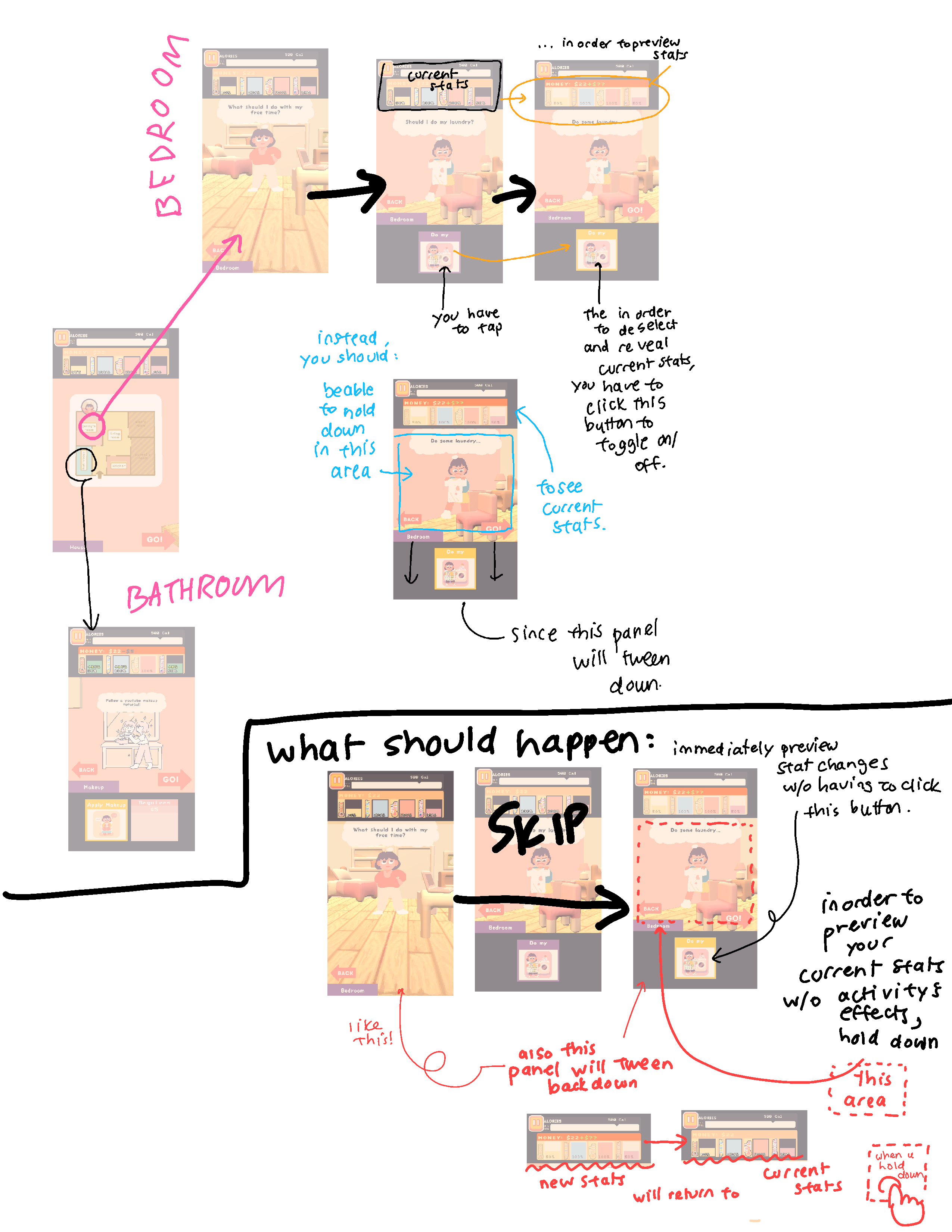
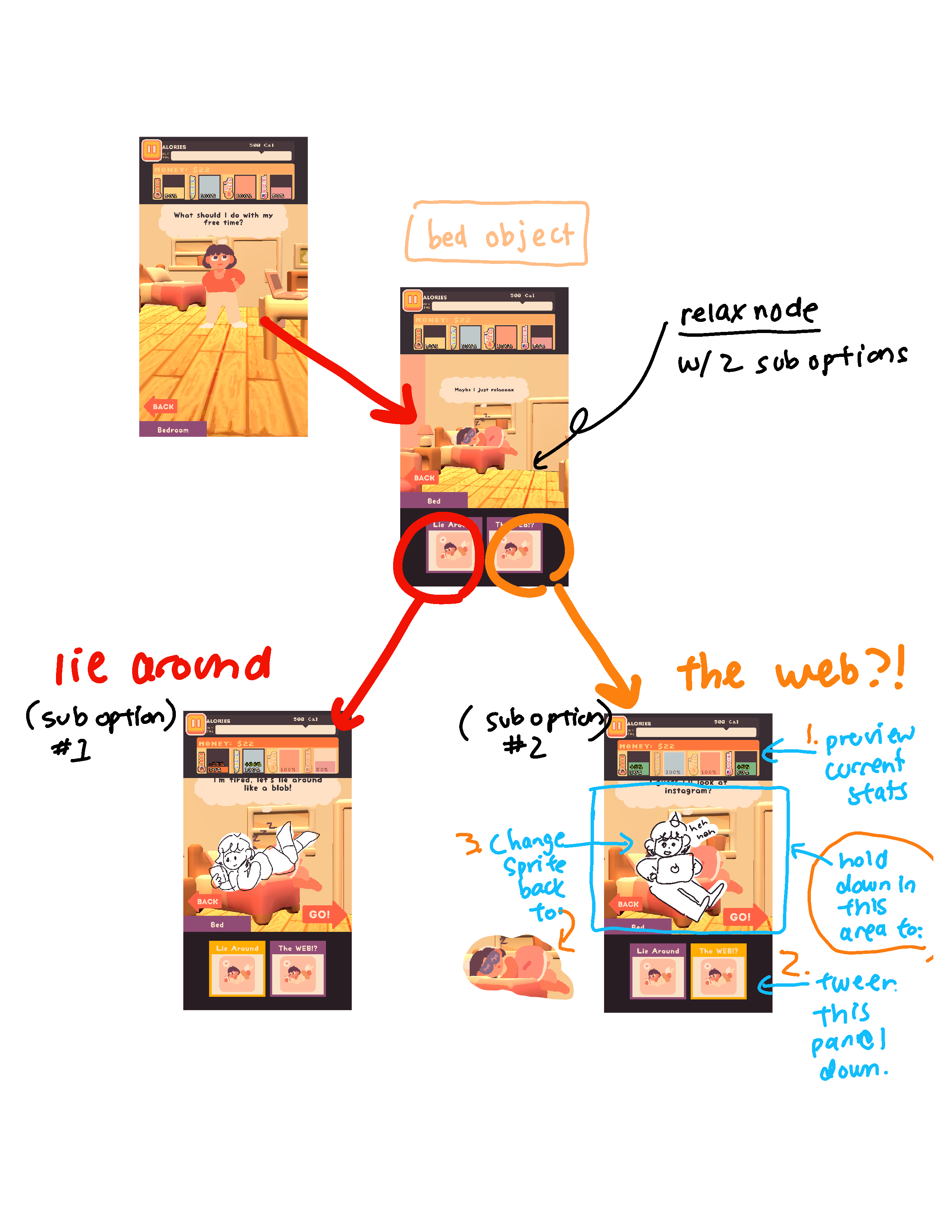
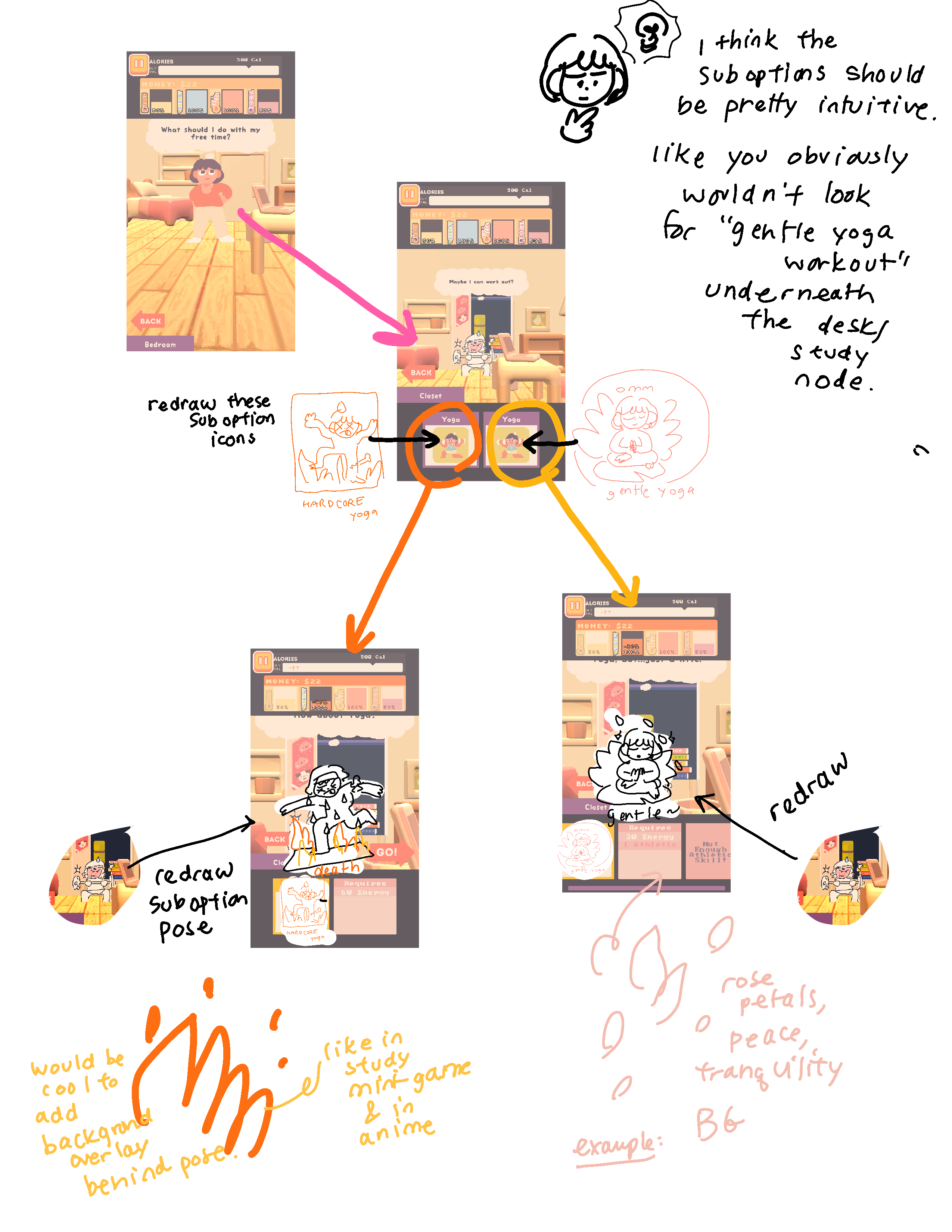
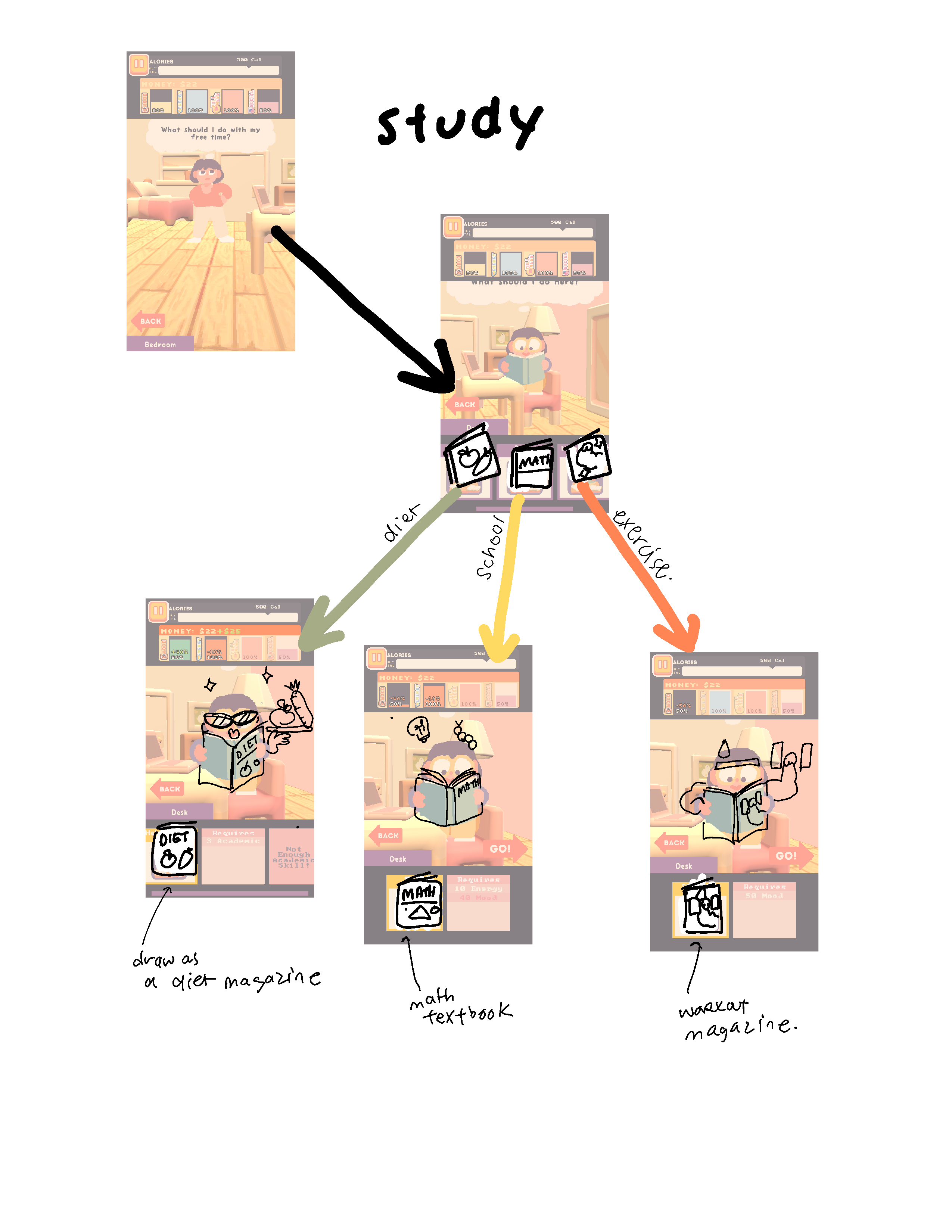
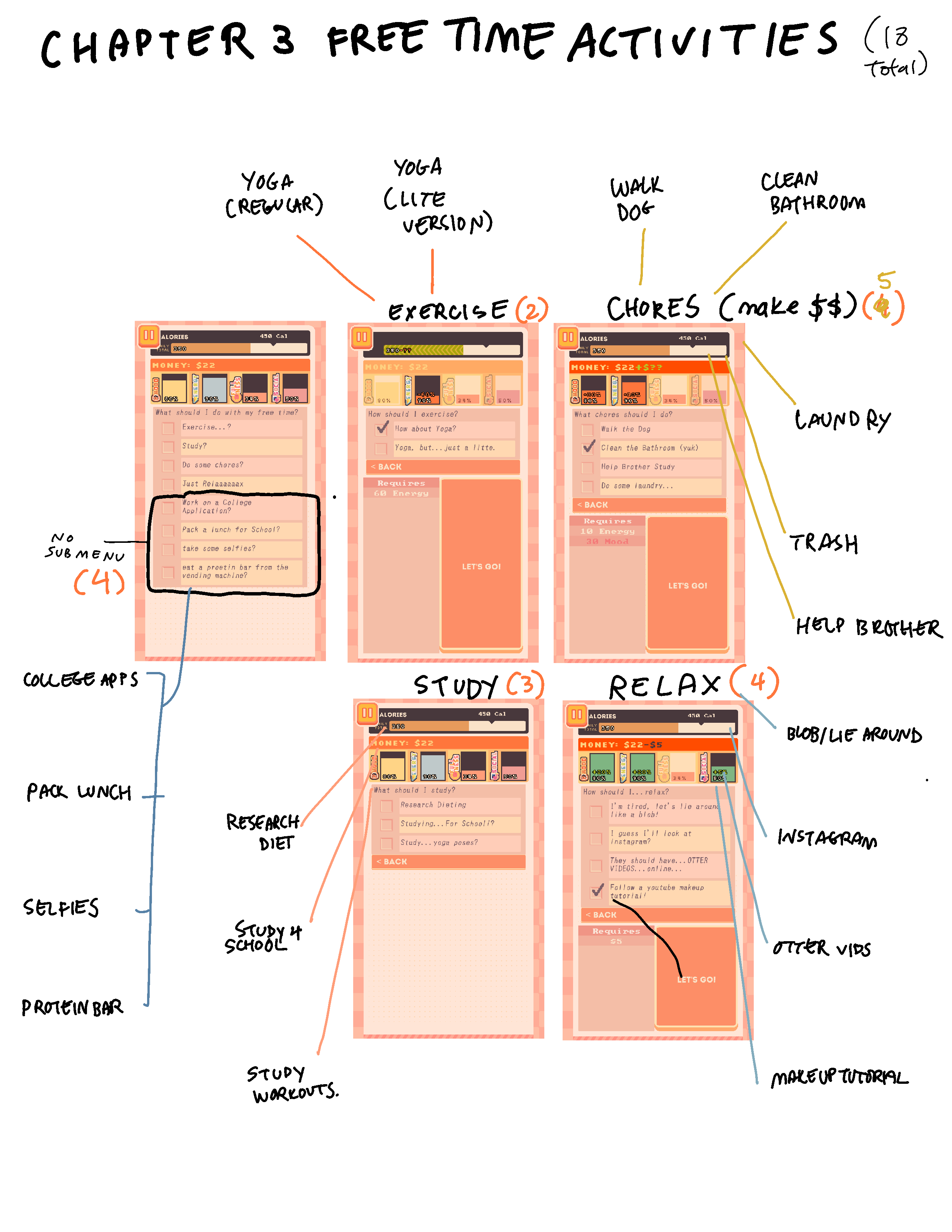
Consume Me releases for PC on 25 September. You can play the demo for the first chapter on Steam, with save data carrying over to the final game.

Alan Wen is a freelance journalist writing about video games in the form of features, interview, previews, reviews and op-eds. Work has appeared in print including Edge, Official Playstation Magazine, GamesMaster, Games TM, Wireframe, Stuff, and online including Kotaku UK, TechRadar, FANDOM, Rock Paper Shotgun, Digital Spy, The Guardian, and The Telegraph.
You must confirm your public display name before commenting
Please logout and then login again, you will then be prompted to enter your display name.
